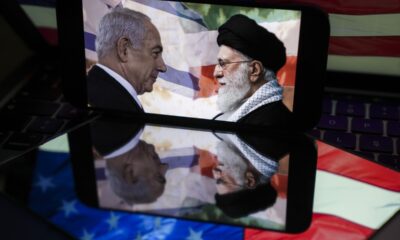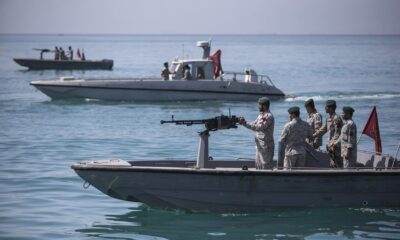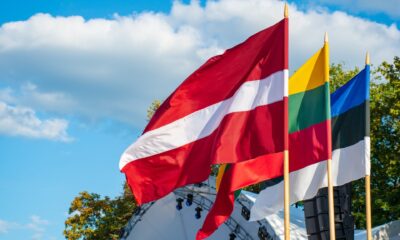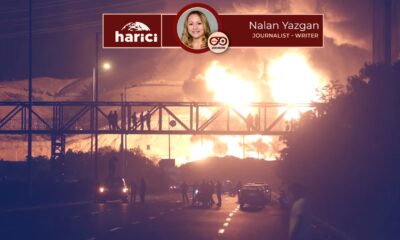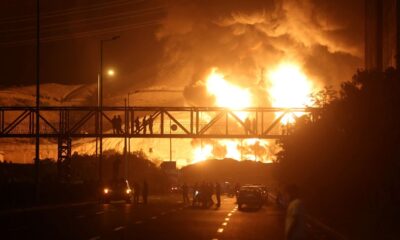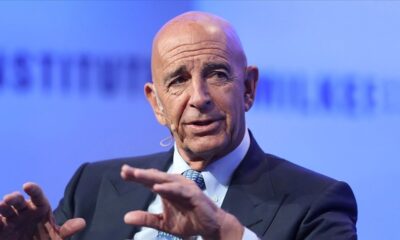Middle East
Organisations waging war against the Syrian army: Which organization, backed by whom, is attacking where?
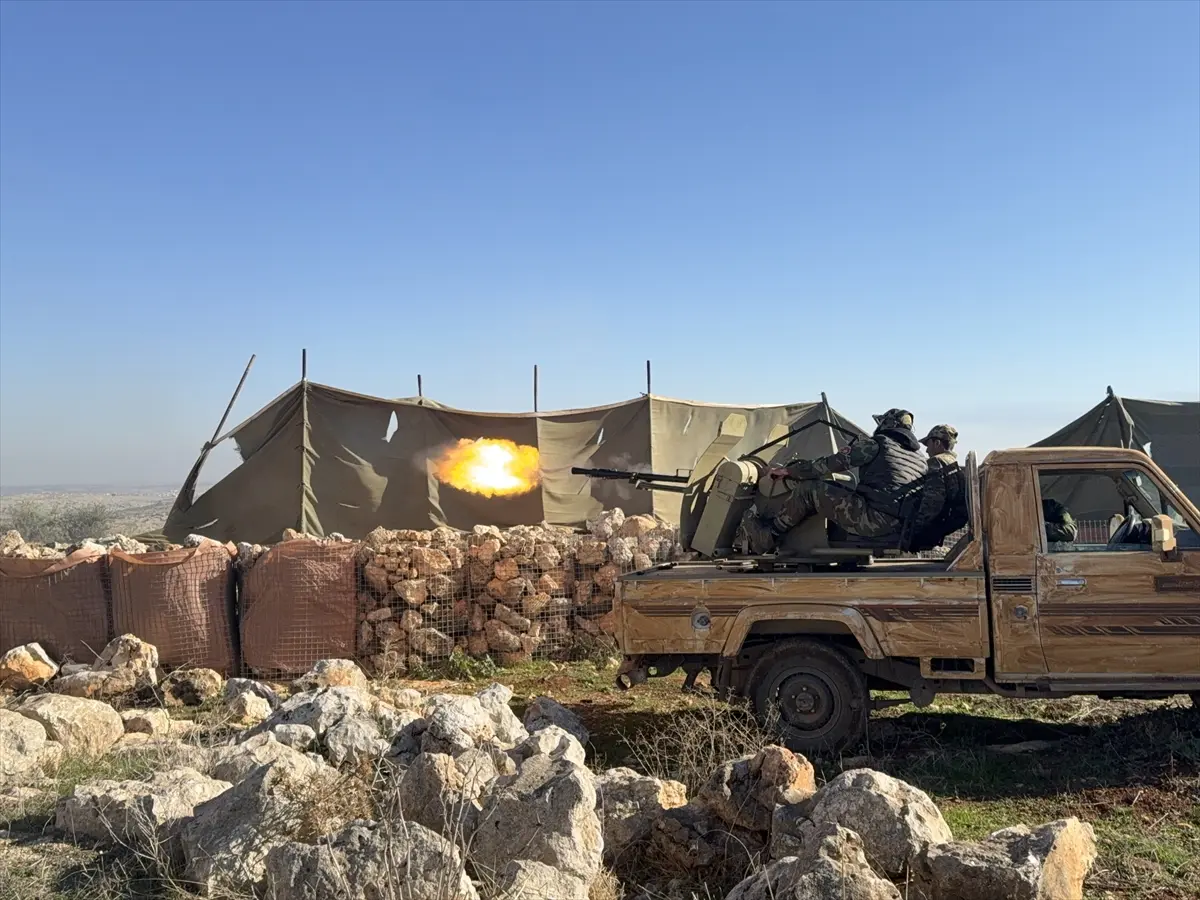
The attacks of the terrorist organizations led by Hayat Tahrir al-Sham (HTS), which captured the rest of Idlib, all of Aleppo and the northern countryside of Hama in Syria, were followed by the attacks of the Turkish-backed FSA in Tal Rifaat, the U.S.-backed FSA in al-Bukamal and the YPG in Deir ez-Zor. The Syrian army looks disorganized in the attacks, which ‘coincided’ with a period when Russia and Iran, which support the Syrian government, were busy with their own agendas. The Syrian army’s unopposed retreat from Aleppo could have profound implications for Syria’s political future.
So which organizations are fighting in Syria, where and against whom? Which powers are supporting them and why?
1- Hayat Tahrir al-Sham (HTS): Idlib-Aleppo-Hama
Hayat Tahrir al-Sham (HTS) is the leading terrorist organization targeting the Syrian army in the battlefields of Aleppo, Idlib and Hama.
The Fateh al-Mubin Operations Room, formed with the participation of HTS and other organizations, launched an attack against the Syrian army on 27 November under the name of “Operation Deterring Aggression”. The groups took control of Aleppo, 310 kilometers from the Syrian capital Damascus, and captured some small settlements towards Hama province. According to AA, the groups also took control of the settlements of Jalime, Alzeka, Beridej, Jubbeyin, Tal Meleh, Kirkat, Mughayyir and Mabtan in Hama, and the villages of Tuwayne, Huwayz, Sheria and Bab Taka in the Gab Plain.
A ‘commander’ from Fateh al-Mubin’s operations room, who requested anonymity, told Majalla that in addition to HTS, Jaysh al-Izzah and Jaysh al-Nasr, as well as some of the groups under the umbrella of the Turkish-backed FSA, such as the Nour al-Din Zengi Movement, the National Liberation Front and the Joint Force, are involved in attacks in the area.
Around 40,000 opposition fighters are involved in attacks against the Syrian army in Aleppo, Idlib and Hama. The commander said that the groups have about 80,000 fighters in reserve, all of whom have received military training in various forms of warfare and conflict, how to deal with circumstances, how to use weapons and how to confront regime forces and their allies.
HTS, formerly al-Nusra, was formed under the leadership of Abu Mohammed Golani, who was sent to Syria in 2011 by the Islamic State of Iraq (ISIS), the Iraqi branch of al-Qaeda led by Abu Bakr al-Baghdadi.
When Golani, the leader of al-Nusra, which had grown rapidly by exploiting the chaos in Syria, and Baghdadi fell out, Baghdadi announced the dissolution of al-Nusra in 2013. In the same statement, Baghdadi announced the creation of the Islamic State of Iraq and the Levant (ISIL) and declared that ISIL was expanding into Syria.
Meanwhile, al-Nusra declared its allegiance to al-Qaeda, but this did not prevent ISIS from seizing the vast majority of al-Nusra’s human, ammunition, and financial resources in Syria. The crisis between the two organizations also went to al-Qaeda’s central arbitration center, but the crisis could not be resolved.
Because of its links to al-Qaeda, al-Nusra was quickly placed on terrorist lists by various countries. Turkey added it to its list of terrorist organizations in 2014. From 2014, as ISIS spread rapidly across Syria, al-Nusra and other groups were trapped in the Idlib region.
Russia’s intervention in Syria and the Syrian army’s rapid operations to ensure territorial integrity led al-Nusra to unite with other groups. To this end, it announced that it had severed its ties with al-Qaeda and adopted the name Jabhat Fateh al-Sham Front (JFC).
Of course, the ‘break’ with al-Qaeda was only superficial. For al-Nusra’s move came immediately after al-Qaeda’s leadership advised it to ‘do whatever is necessary for the benefit of the jihad in Damascus and to unite with other organizations’. However, even the name changes only resulted in the unification of the SFC with a few small groups.
In 2017, HTS was formed under the military leadership of Golani, along with a few other groups such as the Nureddin Zengi Movement, Liwa al-Haq and others. HTS declared its goal to be “the rule of Sharia and the rejection of secularism”.
In January 2017, a ceasefire was declared in Idlib as part of Astana, excluding ISIS and al-Nusra. However, HTS took advantage of the ceasefire to engage in a confrontation with Ahrar al-Sham, the other main group in Idlib, in the summer of 2017, and suffered a major defeat. Since then, HTS has rapidly expanded and recruited other organizations, either by force or voluntarily, and by the end of 2019 it controlled 95% of Idlib. With around 30,000 fighters, it is the most effective armed force in the region.
2- Turkey-backed FSA (SNA): Northern and Northern countryside of Aleppo
The Turkish-controlled FSA (Syrian National Army – SNA), the most ideologically mixed front organization, is the military organization of the Coalition of Syrian Opposition and Revolutionary Forces (SMDK). They also have a government called the ‘Syrian Interim Government’.
There are dozens of organizations within the SNA, such as Faylaq al-Sham, Jaish al-Ahrar, Jaish al-Nasr, Ahrar al-Sham, Nour al-Din Zengi. Many of these organization are known to have received military and financial support from the CIA-controlled Military Operations Coordination Room and Gulf states in the past.
While some of the SNA-affiliated organizations took part in the HTS-led Aleppo offensive, some of them captured the Tal Rifaat district center as part of Operation Dawn of Freedom launched against the PKK/YPG.
According to Majalla, the day after the HTS launched its offensive, Turkey summoned the SNA factions in its area of influence in northern Aleppo for a secret emergency meeting. One of the SNA commanders said that during the meeting an agreement was reached with the Turkish side to expel the YPG from the areas it controls in the neighborhoods of Ashrafiya and Sheikh Maqsoud in northern Aleppo, Tal Rifaat and Manbij in the northern countryside of Aleppo, in parallel with the HTS operation.
3- PKK/YPG: East of the Euphrates in Deir ez-Zor
The US-backed terrorist organization PKK/YPG, which was forced to withdraw from Tel Rifaat after the Turkish-backed FSA attack, has launched an attack to drive the Syrian army out of 7 villages in Deir ez-Zor province, east of the Euphrates.
According to AA, the PKK/YPG launched an offensive against the Syrian army in the villages of Murrat, Hashsham, Mazlum, Tabiya, Husseiniye, Salihiyyah and Hatlah, and clashes are ongoing.
The Syrian army is known to be present in the area from Deir ez-Zor city center to al-Bukamal district near the Syrian-Iraqi border.
The PKK/YPG occupy almost all of Deir ez-Zor east of the Euphrates River, while the center of the province and other rural areas are under the control of the Syrian army.
4- US-backed FSA: Iraqi border in Deir ez-Zor
The U.S.-backed FSA launched an attack on the towns of al-Bukamal and Meyadin in Tanf, where US forces are stationed in the Syrian provinces of Homs and Deir ez-Zor.
The aim of these attacks is to sever Syria’s link with Iraq. Iranian groups supporting the Syrian army are concentrated in al-Bukamal, close to the Syrian-Iraqi border. This area is critical for the land link with Iranian-aligned forces in Iraq.
Middle East
Call from the the Nedaye Iranian Party: ‘Let Us Unite Against Israeli Oppression’
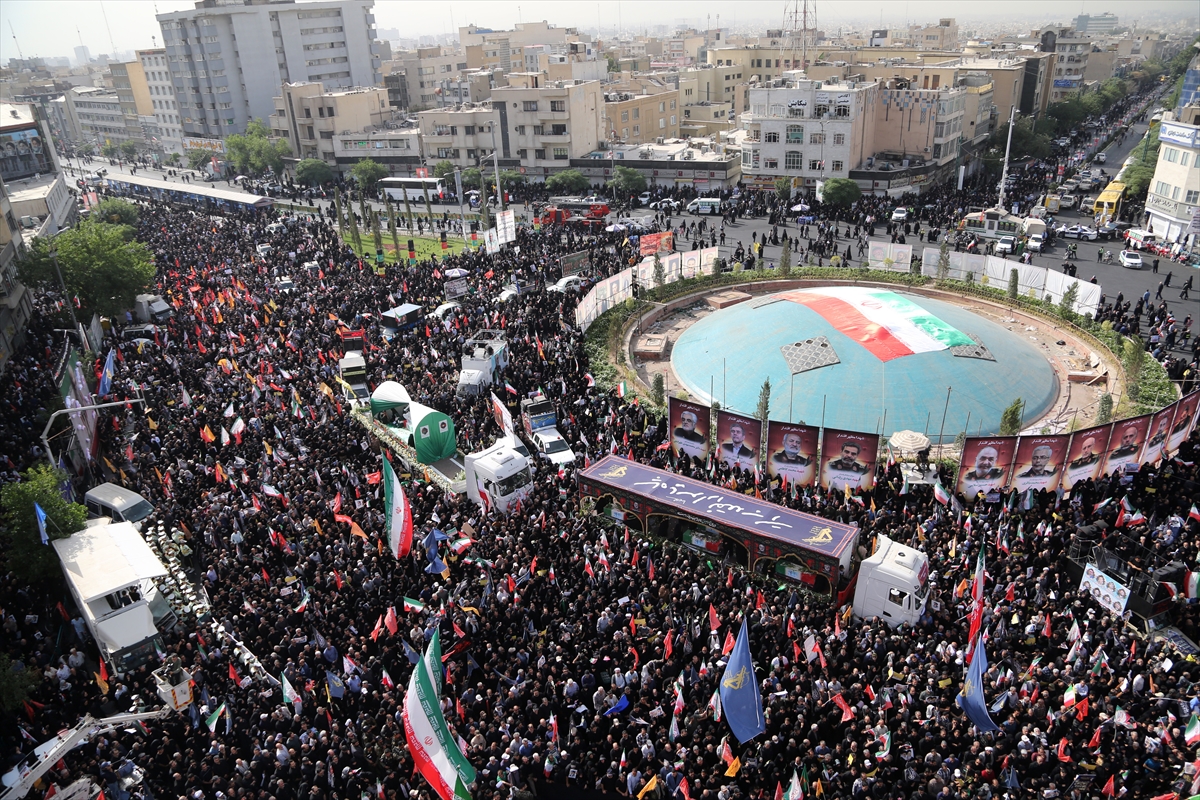
The Nedaye Party, a political party from the reformist camp in Iran, issued a letter calling on more than 100 political parties and international organizations worldwide to unite in condemning Israel’s attacks.
Presenting itself as a “young, reformist, and peace-loving” political party, the Nedaye Iranian Party released a letter addressing more than 100 global political parties and international organizations across five continents, regarding Israel’s attacks on Iran and especially its war crimes committed against civilians, children, women, and peace-loving civil activists in Gaza.
The letter, signed by the Secretary-General of the party, Seyed Shahabeddin Tabatabaei, proposed the formation of a global coalition capable of taking serious measures against the spread of violence and threats to global peace.
The letter suggested that anti-war and peace-loving political parties cooperate to unite against Israel’s aggression and war crimes. The concrete proposals were listed as follows:
1- Officially, firmly and publicly condemn the recent Israeli attack on Iran.
2- Pressure your governments to stop military, intelligence and technological cooperation with this regime.
3- Support the referral of these crimes to the International Criminal Court (ICC) and the initiation of legal proceedings against its officials.
4- Demand that the competent UN bodies conduct independent, transparent and impartial investigations into these attacks.
5- Actively participate in launching international awareness campaigns to expose the dimensions of these crimes.
6- Hold partisan and international meetings to coordinate political and legal measures against the Zionist regime.
At the end of the letter, the Nedaye Party proposed the formation of an international coalition capable of taking effective and serious steps to oppose the spread of violence and threats to global peace, calling for a “shared stance.” It emphasized that organizing a joint meeting among various parties across the world would be “a first but strategic step on the path to international political solidarity.”
The letter concluded with the following words:
“This is not just a call to issue a statement; it is a call for collective action, for solidarity in defending human dignity, and to prevent the repetition of tragedies that may occur tomorrow in another corner of the world.
The memory of all the innocents lost calls us to a historic responsibility. Let us stand against warmongering and destruction at this critical moment, with unity and determination, and build a more humane world.”
Middle East
Plight of refugees in Iran
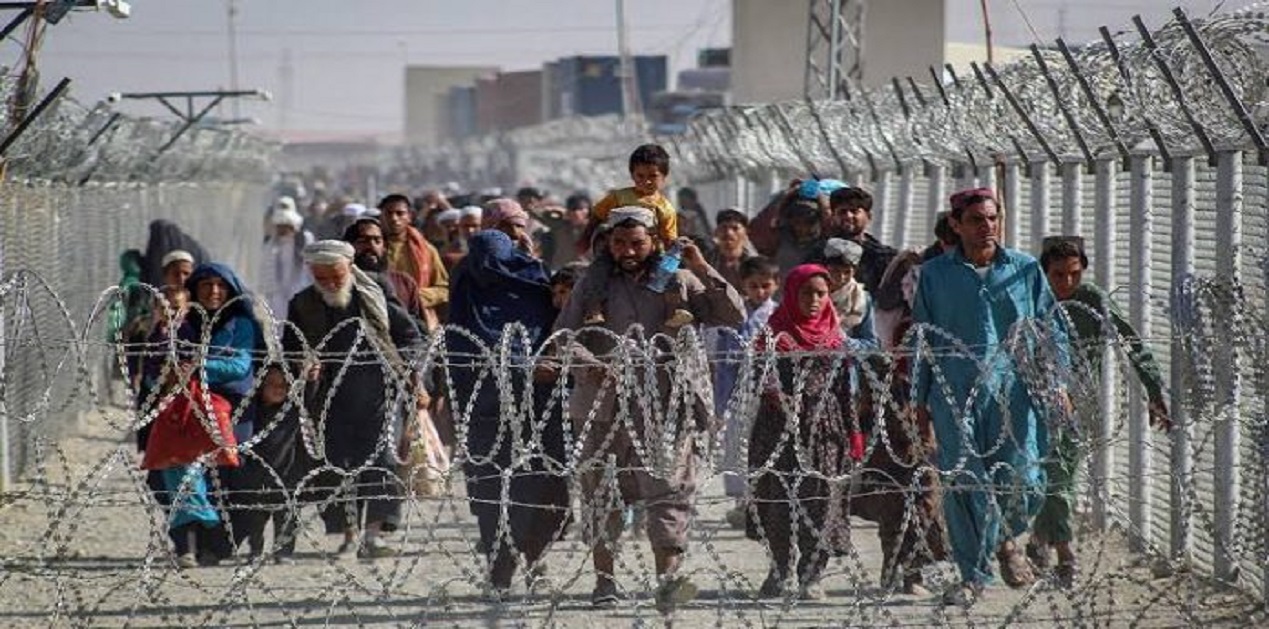
As the process of deporting Afghan migrants from Iran intensifies, Iranian officials say that in the past week, more than 120,000 people have entered Afghanistan from Iran, both forcibly and voluntarily.
The district governor of Taybad in Iran says that nearly 8,000 undocumented Afghan citizens enter Afghanistan daily through the Dogharun border alone.
Meanwhile, some deported immigrants say they left all their assets in Iran and were forced to return home empty-handed.
Hossein Jamshidi, the district governor of Taybad, told Iranian media that in the past week alone, more than 95,000 undocumented citizens and about 25,000 documented migrants from all over Iran have been identified and returned to Afghanistan from this border.
Dogharoon border is the largest crossing point for the deportation of Afghan migrants from Iran. Every day, thousands of migrants, most of whom were living in Iran without documents, are now transported in large convoys, in dozens of passenger buses from all over Iran, to this border point zero.
But in this side of the border!
But on this side of the border, at the Islam Qala crossing, thousands of people, including women and children, are standing in long lines in the scorching sun, wearing only a few layers of clothing, waiting to cross the border and enter Afghan territory.
Many of these migrants say they have nowhere to go and have been forced to leave all their belongings on the other side of the border, on Iranian soil, and return empty-handed.
The Taliban have called for the establishment of a “coordinated mechanism” with the Iranian government for the return of refugees.
UN agencies have called for increased financial assistance following the significant expulsion of Afghan refugees from neighboring countries.
The Norwegian government has expressed concern about the deportation of migrants in recent days and has allocated nearly $1 million to support them.
Middle East
US proposes $30 billion deal to Iran for halting uranium enrichment
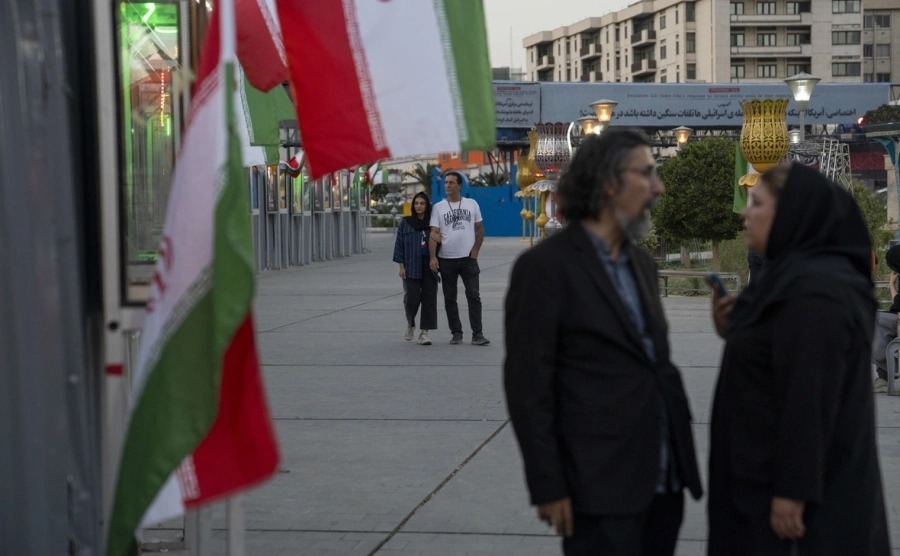
The administration of US President Donald Trump is reportedly discussing the possibility of providing Iran with up to $30 billion in financial access to develop its peaceful nuclear program as part of efforts to return to negotiations with Tehran.
According to a CNN report citing sources familiar with the matter, this offer requires Tehran to completely halt uranium enrichment, a condition emphasized as “non-negotiable.”
Under the proposed plan, the funds would not be provided by the US but by Arab nations. An administration official stated, “The US is ready to lead these negotiations. Someone will have to pay for the implementation of the nuclear program, but we will not make such a commitment.”
Other proposals on the table
American officials have indicated that other offers are also being considered. These include the potential lifting of some sanctions against Iran and granting Tehran access to $6 billion of its frozen assets in foreign banks.
Another idea involves US allies in the Persian Gulf covering the cost of building new infrastructure to replace the Fordow nuclear facility, which was damaged in US attacks. This new facility would also lack uranium enrichment capabilities.
Washington’s “comprehensive peace” initiative
Steve Witkoff, Trump’s Special Representative for the Middle East, told CNBC that the US aims to achieve a “comprehensive peace agreement.”
A White House statement emphasized that all proposals are designed to prevent Iran from obtaining nuclear weapons.
Following the events of the past two weeks, which include mutual attacks with Israel and a US strike on Iran’s nuclear sites, the White House hopes Tehran will accept Washington’s terms.
Experts are skeptical, fearing the offer could backfire
Conversely, Iran experts cited by CNN believe these events will further convince the country’s leadership of the necessity of possessing nuclear weapons.
Earlier this week, the Iranian parliament approved the suspension of cooperation with the International Atomic Energy Agency (IAEA). Even before the US attack on the night of June 22, the Iranian government had already significantly restricted agency officials’ access to its facilities.
According to IAEA data from mid-May, Iran possessed approximately 409 kilograms of highly enriched uranium.
Bloomberg reported that this amount is theoretically sufficient to produce ten nuclear warheads. The agency’s Director General, Rafael Grossi, stated that the location of this material is unknown.
While Tehran claims it moved its uranium stockpiles from the attacked facilities beforehand, the IAEA assesses that a significant portion of the stocks may have survived the strike.
-

 Europe2 weeks ago
Europe2 weeks agoIsrael-Iran conflict postpones EU plan for Russian oil sanctions
-
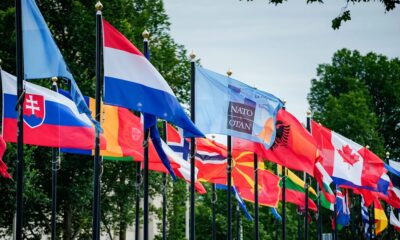
 Diplomacy2 weeks ago
Diplomacy2 weeks agoNATO summit focuses on arms race in the Silicon Valley age
-
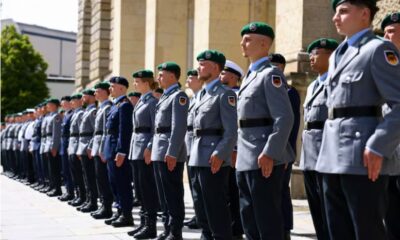
 Europe2 weeks ago
Europe2 weeks agoGermany to expand military with 11,000 new personnel this year
-
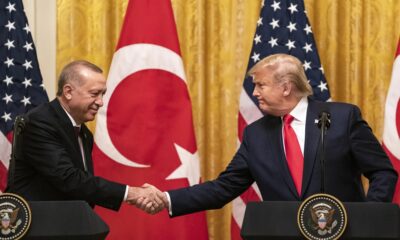
 Diplomacy2 weeks ago
Diplomacy2 weeks agoErdoğan to meet Trump at NATO summit to mend relations
-
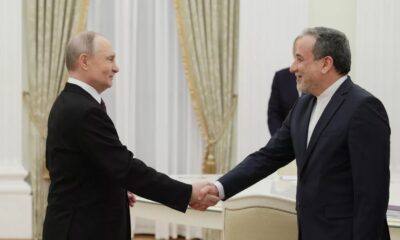
 Diplomacy2 weeks ago
Diplomacy2 weeks agoIranian foreign minister travels to Moscow for Putin talks after US strikes
-
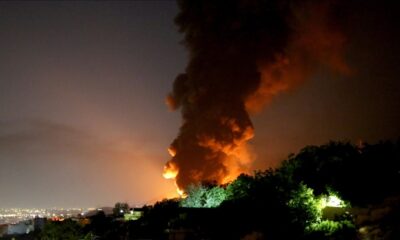
 Middle East2 weeks ago
Middle East2 weeks agoUS bombs Iranian nuclear sites, sparking fears of wider conflict
-
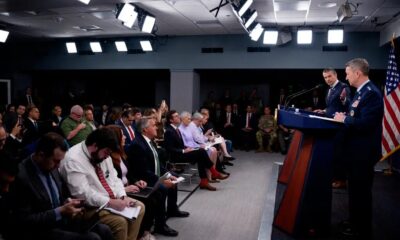
 America2 weeks ago
America2 weeks agoPentagon divided over military priorities in Asia and the Middle East
-
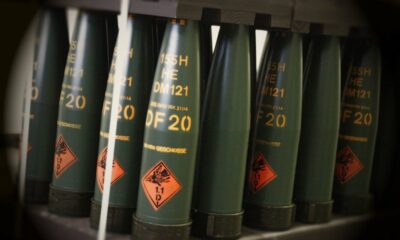
 Diplomacy2 weeks ago
Diplomacy2 weeks agoGerman arms industry expands presence in India amidst geopolitical shifts


